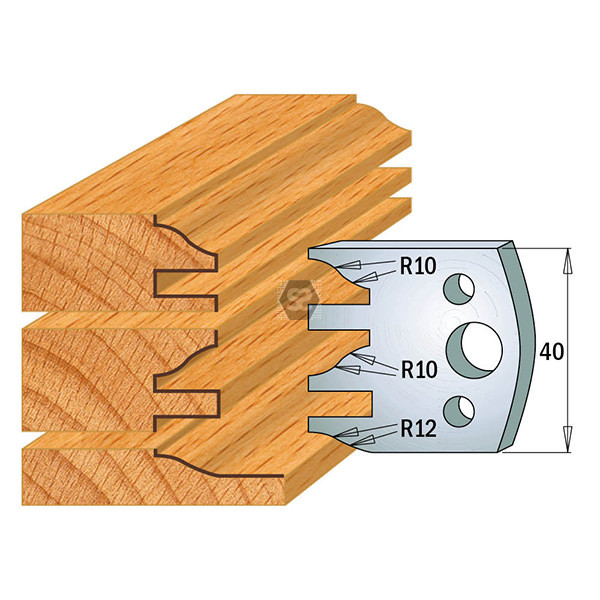Trevanion
Greatest Of All Time
MikeJhn":tv1qcvjm said:Far from being jealous of your spindle moulders I have everything I need in my Router table and can get every cutter I need off the shelf, I am not a professional so I don't need massive production runs or the cost of very expensive cutters.
Yes, a router table will do pretty much most things a spindle moulder can do time, patience and the correct cutters. I personally think the SM was the better choice for Guineafowl over the RT simply because the calibre of work he was wanting to do would be better done and easier especially when it was coming to larger tenon work and panel raising.
As for cutters and blocks being expensive, you're not wrong, they are expensive. I always look at them as a bit of investment though and I don't really think about how much is being spent, if you look for secondhand cutters and blocks on eBay you'll see that they usually pick up 80%+ of their new price even in pretty well-used condition, try selling a worn out router bit :lol:. Cutters like the euro knives aren't too pricey for the life you get out of them compared to a router bit. I've used both quite extensively and I'd say you get at least twice the life out of a pair of HSS knives as you would out of a carbide router bit, and usually you'll just chuck the router bit since it's not worth trying to resharpen whilst with HSS so long as you've got a bit of skill with a grinding wheel you can get much longer life out of knives. But as you said, this really only matters if you're using the machines a lot in a production setting.
I wouldn't recommend it for a beginner but another thing that's nice about the versatility of the spindle moulder is having the ability to pretty much do any profile you can imagine without having to have a special router bit made. I did a small post on another thread about it here which might interest someone: https://www.ukworkshop.co.uk/forums/making-custom-spindle-moulder-cutters-t115099-45.html#p1311340


















































